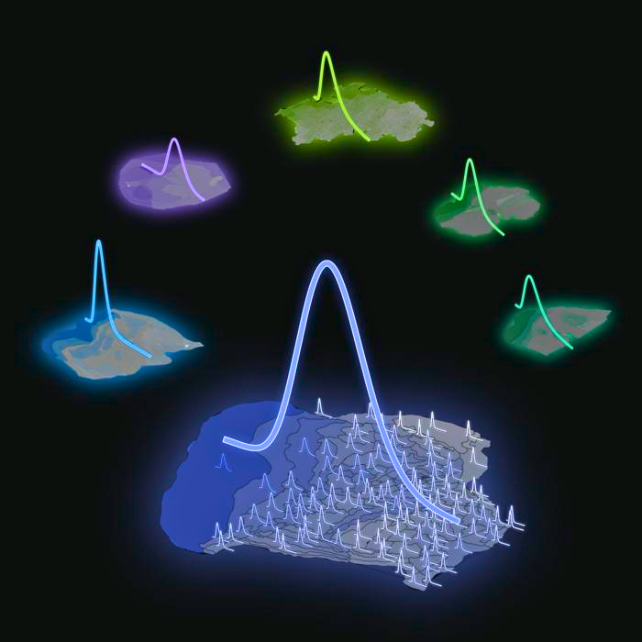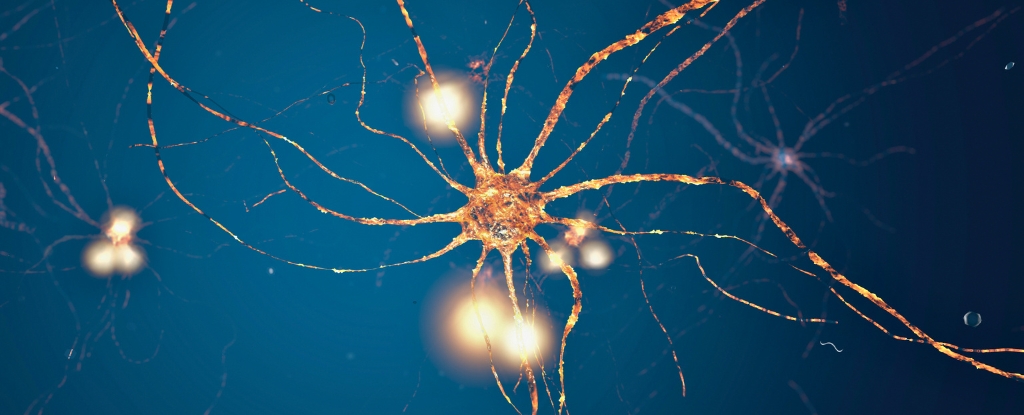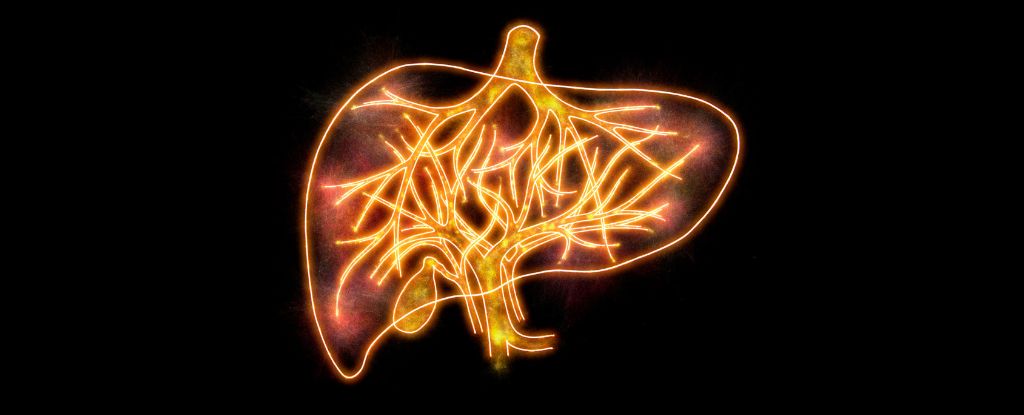Researchers taking part in the Human Brain Project have identified a mathematical rule that governs the distribution of neurons in our brains.
The rule predicts how neurons are distributed in different parts of the brain, and could help scientists create precise models to understand how the brain works and develop new treatments for neurological diseases.
In the wonderful world of statistics, if you consider any continuous random variable, the logarithm of that variable will often follow what’s known as a lognormal distribution. Defined by the mean and standard deviation, it can be visualized as a bell-shaped curve, only with the curve being wider than what you’d find in a normal distribution.
A team of researchers from the Jülich Research Center and the University of Cologne in Germany found the number of neurons in areas of the outer layer of neural tissue in different mammals fits a lognormal distribution.
Mathematics aside, a simple and important distinction is the symmetry of the normal distribution bell curve and the asymmetry and heavy right-skewed tail of the lognormal distribution, due to a large number of small values and a few significantly large values.
The size of a population across a country is often lognormally distributed, with a few very large cities and many small towns and villages.
Brain structure and function depend on neuron numbers and arrangement. The density of neurons in different regions and layers of that outer tissue layer – the cerebral cortex – varies considerably.
“The distribution of neuron densities influences the network connectivity,” says neuroscientist Sacha van Albada of the Jülich Research Center.
“For instance, if the density of synapses is constant, regions with lower neuron density will receive more synapses per neuron.”
The statistical distributions of neuron densities are still largely unknown, though research has certainly provided us with fascinating discoveries about our brain’s cellular tissues.
To conduct their research, the team used nine open-source datasets covering seven different species: mouse, marmoset, macaque, galago, owl monkey, baboon, and human. When the neuron densities in different regions of the cortex were compared, a common pattern of a lognormal distribution emerged.

“Our results are in agreement with the observation that surprisingly many characteristics of the brain follow lognormal distributions,” the authors write in their paper.
A lognormal distribution is a natural result of processes that multiply, just like normal distribution is a natural result of adding up many independent variables.
“One reason why it may be very common in nature is because it emerges when taking the product of many independent variables,” says Alexander van Meegen, who co-led the research as part of his PhD in computational neuroscience at the Jülich Research Centre.
The researchers say the way the cortex is structured could be a byproduct of development or evolution that has nothing to do with computation.
But previous research suggests brain neural network variation is more than just a byproduct and may actively help animals learn in changing environments. And the fact that the same organization can be seen in different species and in most parts of the cortex suggests that the lognormal distribution is used for something.
“We cannot be sure how the lognormal distribution of neuron densities will influence brain function, but it will likely be associated with high network heterogeneity, which may be computationally beneficial,” explains co-lead author Aitor Morales-Gregorio, a computational neuroscientist at the Jülich Research Centre.
Scientists hope this discovery will shed light on how the brain stores and retrieves information, as well as how it acquires new knowledge. In the ongoing quest to find effective treatments for brain disease, it may pave the way for the creation of new drugs that target specific regions of the brain.
The Human Brain Project‘s ten-year effort to establish a shared research infrastructure for boosting neuroscience, computing, and brain-related medicine is coming to a close, and it’s given us some interesting discoveries along the way.
The study has been published in Cerebral Cortex.





